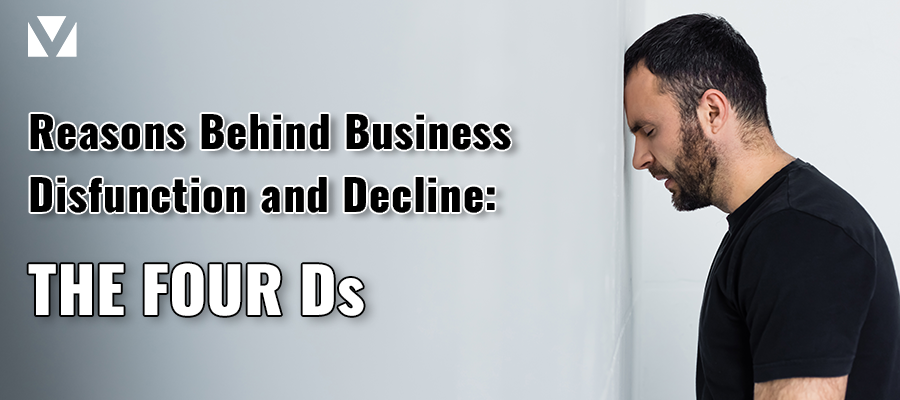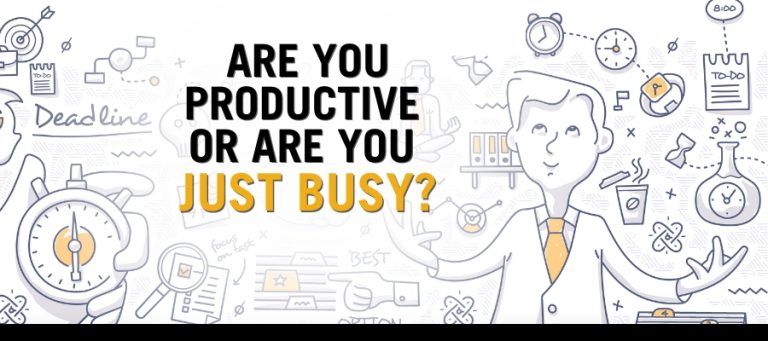The Four Ds, Part II – Originally written in 2013
Years ago I had an office manager working for me who had mastered the art of being brutally honest without being brutal in the process. There was rarely a question about where Marsha stood on any given topic. While her up–front approach didn’t win her any charm contests, it sure cut right to the chase. It was the transparency and candor of her style that allowed it to work.
I have found the same to be true with many of the disagreements we help our clients resolve, whether they involve customers, employees, or partners. Working from a platform of transparency and candor produces the best and longest lasting outcomes.
Open your conversation by stating your intent. In his book, Leadershock, author Greg Hick states, “When we don’t assertively set our intentions, we passively or unconsciously choose something else. Intention adds directionality and power to human endeavor.” Stating your intent doesn’t have to be complicated. “What I’d like to achieve with our conversation today is….” or “My intention today is to clear up a misunderstanding about…” Expressing your intention at the onset helps establish mutual trust by eliminating hidden agendas and focusing the conversation on the subject at hand.
Put everything on the table. Deal with disagreements directly and openly. Nothing gets resolved when people secretly hold hurt feelings or grudges. As a colleague of ours, Marti Peden, likes to say, “Conflict cannot survive the light of day.”
Deal with the facts. When you open a conversation with personal interpretations and opinions you can be easily discredited and have the conversation derailed. Kids are masters at this. We seem to learn those techniques at a young age and use them when the stakes are high or when we want to avoid talking through tough issues. I can easily refute your interpretation; it’s much more difficult to disprove the facts. When dealing with a disagreement or conflict, it’s critical to stay focused on the issues, facts, and substance, NOT on the person or our opinions of them.
Work to find common ground on which to build. It usually works best to start by looking at the bigger picture. If we can agree on what we’re trying to accomplish in a larger perspective, the vision or the ultimate goal, then dealing with the items on which we don’t agree frequently becomes easier. Finding common ground is essential when resolving conflict or dealing with differences of opinion. It’s easy to get so upset that we fail to remember we often agree on many points and only disagree on a few. Finding those points on which you agree first sets a positive tone. It also tends to calm emotions such as frustration and anger.
I’m not suggesting that any of these strategies are easy, especially when you’re dealing with high–stakes issues or when rational thinking is being hijacked by emotion. But when you’re the leader of the company people are watching you and paying close attention to how you deal with difficult situations. They know that not only might their futures be affected by the outcomes, but the way you handle these situations is how you’ll also handle them.



